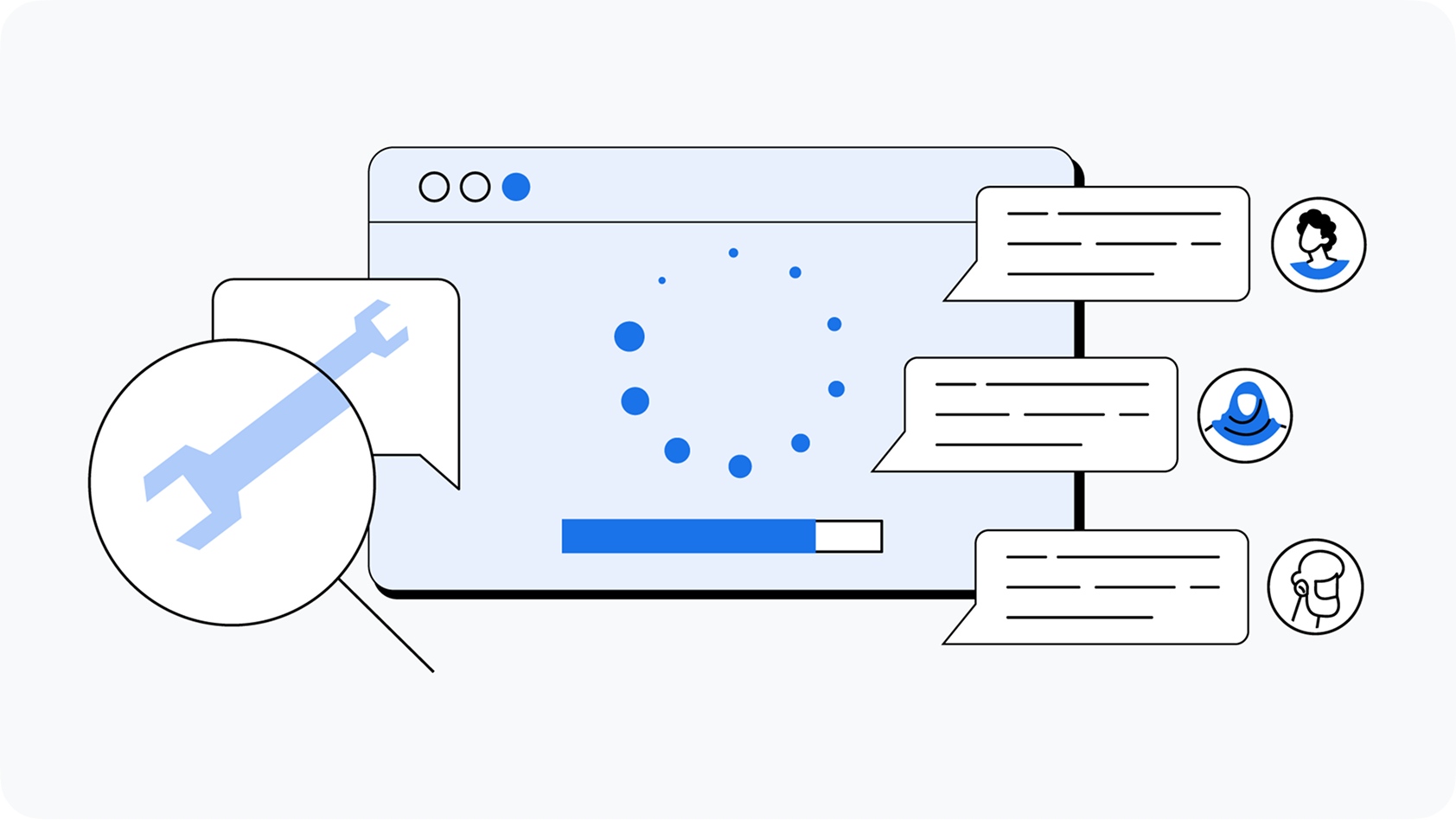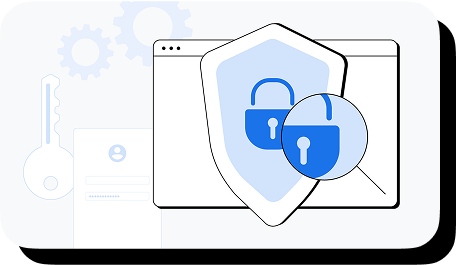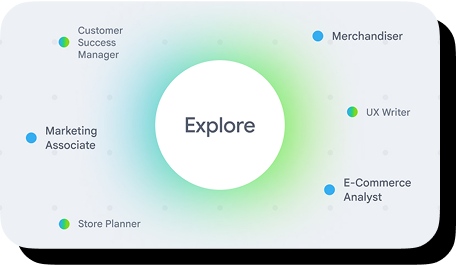
What is Information Technology (IT)?

The field of Information Technology, explained
The field of Information Technology (IT) is constantly evolving, encompassing everything that makes our digital world function smoothly. It's much more than just fixing computers; IT professionals are the architects, builders, and maintainers of the digital infrastructure that underpins nearly every aspect of modern life and business. This field is about ensuring that information is accessible, secure, and useful, whether it’s through complex networks, innovative software, or reliable hardware.
At its core, IT involves the design, development, implementation, support, and management of computer-based information systems. This includes everything from the devices we use daily, like smartphones and laptops, to the internet servers and data centers that host our online experiences, and the networks that connect them all. As technology continues to advance at a rapid pace, the demand for skilled IT technology professionals who can navigate this landscape and solve critical problems grows with it. This article will delve into the essential components of IT, its widespread impact, and the key IT skills necessary to thrive in this dynamic industry.
The impact of IT on daily life
Imagine showing a smartphone to someone living before the invention of the lightbulb. For someone living a few centuries (or even a few decades) ago, a lot of the technology we take for granted today would seem like magic.
Working in IT is like working directly with the “magic” that touches nearly every aspect of modern life. IT is everywhere, encompassing just about anything involving computers, data storage, processing, or communication. These technologies power our daily lives, enabling us to store, process, analyze, and communicate information at speeds once impossible.
Additionally, IT is critical for business efficiency. In healthcare, for example, IT enables electronic medical records, telemedicine platforms, and advanced diagnostics. The financial sector relies on IT for online banking, contactless payments, and real-time fraud detection. Without IT, modern businesses couldn’t have automated inventory management, customer databases, or advanced data analytics to improve processes. Organizations value those who can help build, maintain, and improve these critical systems, making IT skills indispensable in today’s world.
Building blocks of the information technology industry
The IT infrastructure that powers our world might seem complex at first glance, but it can actually be broken down into a few core systems that work together to enable endless possibilities. The building blocks of IT consist of physical components that store, transfer, and process data, as well as digital tools and processes that allow us to manipulate, generate, calculate, and analyze information. These are:
Hardware
Hardware refers to the physical components of IT systems, such as CPUs, RAM, servers, hard drives, motherboards, and more. IT infrastructure is built on these tangible components, which make it possible for computers and other devices to work. IT professionals are tasked with understanding how these components work together to form a cohesive system. Some IT support specialists' entire focus is on maintaining, troubleshooting, and optimizing hardware to ensure reliability and performance.
Networking hardware
Networking hardware is a specialised subset of hardware that enables devices to communicate and share resources across networks. Networking is the process of connecting computers, devices, and systems to exchange data efficiently. The main components include routers, switches, cables, and access points. Networking hardware is essential for creating local area networks (LANs), wide area networks (WANs), and, ultimately, global connectivity.
Software
Software includes the programs and applications that allow users to generate, manipulate, analyze, and refine data or information. Everything from web browsers to video editors, and even your computer’s operating system, can be considered software. IT professionals oversee the installation, configuration, and maintenance of software systems, ensuring compatibility with hardware and networks while addressing security vulnerabilities and performance issues.
Languages and encoding
All computing relies on various programming languages, as well as encodings – which are methods used to translate information into data. These are what allow computers to carry out complex functions, create websites and interfaces, and so much more. There are entire libraries of books on each of these topics, but just to cover the basics, here are some of the most fundamental ones you might run into:
- Binary: The fundamental language of computers, binary consists of a system of 1s and 0s representing “on” or “off” states on an electrical circuit, or a “yes” or “no” in an algorithm. All modern software ultimately operates off complex strings of these binary instructions. Fundamental as it is, working with binary directly can be incredibly complex and time-consuming, which is why higher-level computing languages were developed for things like programming and web development.
- Character encoding: Character encoding is the bridge between binary and readable text, defining how characters like letters, numbers, and symbols are represented as binary codes. Encoding also helps ensure that text is displayed and interpreted correctly and consistently across different systems.
- Programming languages: Programming languages use encoding to provide a more efficient and natural, human-readable way to instruct computers. Languages like Python, Java, C++, and SQL are the building blocks of all kinds of software and applications. Each language has its own varying levels of complexity, abstraction, and tasks that it’s better-suited toward.
- Internet languages: Internet languages are the backbone of the web. HTML, for example, helps provide structure and content to pages, while CSS controls visual layouts and JavaScript adds interactivity. These languages are designed to be widely supported by web browsers and optimized for online environments.
Key Concepts in Modern IT
The IT landscape is constantly evolving. Originally, IT professionals primarily managed physical servers, networking hardware, and software in a company's own data centers. Their work was very hands-on, including manual network configuration and physical data backup. While these responsibilities still exist, the scope of the IT professional has expanded significantly. Today, it includes managing services in the cloud, protecting systems from threats through cybersecurity, and using data for business insights through data analysis.
Cloud computing: What is it and why is it important?
Cloud computing is the delivery of on-demand computing services – including servers, storage, databases, networking, software, and analytics – over the internet ("the cloud"). Instead of owning and maintaining their own physical data centers and servers, companies can access these services from a cloud provider like Google Cloud, Amazon Web Services (AWS), or Microsoft Azure.
The role of data and data analytics in IT
In today's digital world, data is one of a company's most valuable assets. Data refers to the information collected, stored, and processed by an organization. Data analytics is the process of examining this data to find meaningful insights, identify trends, and make better business decisions.
IT professionals are essential to this process. They are often responsible for building and maintaining the infrastructure that collects and stores the data. They also manage the systems that allow data analysts to access and analyze it. An IT professional might be involved in setting up a database, ensuring data is secure, or managing the storage solutions that hold vast amounts of information. The ability to manage and understand data is a core skill for many modern IT roles.
Cybersecurity vs. IT
Cybersecurity and IT are closely related, but their focus differs. IT covers most aspects of technology — installing, using, troubleshooting, and maintaining digital systems — while cybersecurity focuses on protecting digital assets from threats like breaches and malware.
IT professionals manage and maintain technology infrastructure, keeping hardware, software, and networks running smoothly. Cybersecurity professionals specialize in identifying vulnerabilities, implementing security measures, and responding to incidents to safeguard valuable data and systems.
Think of IT as building and maintaining a house, while cybersecurity protects it from intruders. Both are essential, but their priorities and expertise differ.
Essential IT skills for starting an IT support career
A career in IT support means being an overseer of your organization’s technology. This requires a diverse and highly technical skill set that supports the systems and people you work with. Your expertise should span a range of IT-specific abilities, complemented by essential soft skills that enable collaboration and continuous growth.
- System administration: Managing computer systems, servers, and networks is a primary skill for IT professionals tasked with keeping these critical systems running smoothly and securely.
- Networking basics: IT specialists have to understand how devices and systems communicate to know how to design and maintain the networks that keep data flowing efficiently.
- Hardware: From diagnosing hardware issues to upgrading components like CPU and RAM, hands-on expertise with physical hardware is as important as any other IT skill.
- Operating systems: Proficiency in the major operating systems is vital for configuring, maintaining, and troubleshooting the software environments that power devices and servers.
- Troubleshooting: Problem-solving is at the heart of the information technology industry as IT professionals identify and resolve technical issues to minimize downtime and disruptions.
- Communication: Skilled IT professionals excel at working with people, offering clear communication and practical solutions to help customers, employers, and collaborators.
- Continuous learning: Technology evolves rapidly, and as an IT professional, your skill set should too. Successful IT professionals embrace continuous learning and stay up-to-date with emerging technologies.
Common IT career paths
Your IT career can take many paths, shaped by your growing expertise, the type of work you enjoy, and the connections and experience you build along the way. While possibilities are many, there are several common entry level IT roles to consider as starting points:
Learn more
As you consider the question “What is information technology?”, it’s important to recognize its widespread impact on our modern world. IT is the effective management of data — how it’s stored, shared, processed, and used to drive decisions or solve problems. Beyond raw technology, IT shapes our daily lives by helping businesses operate efficiently, solve problems faster, and stay competitive. If you’re interested in starting a career in IT, the Google IT Support Certificate on Coursera provides foundational education and hands-on training to help prepare you for your first role in the field.







